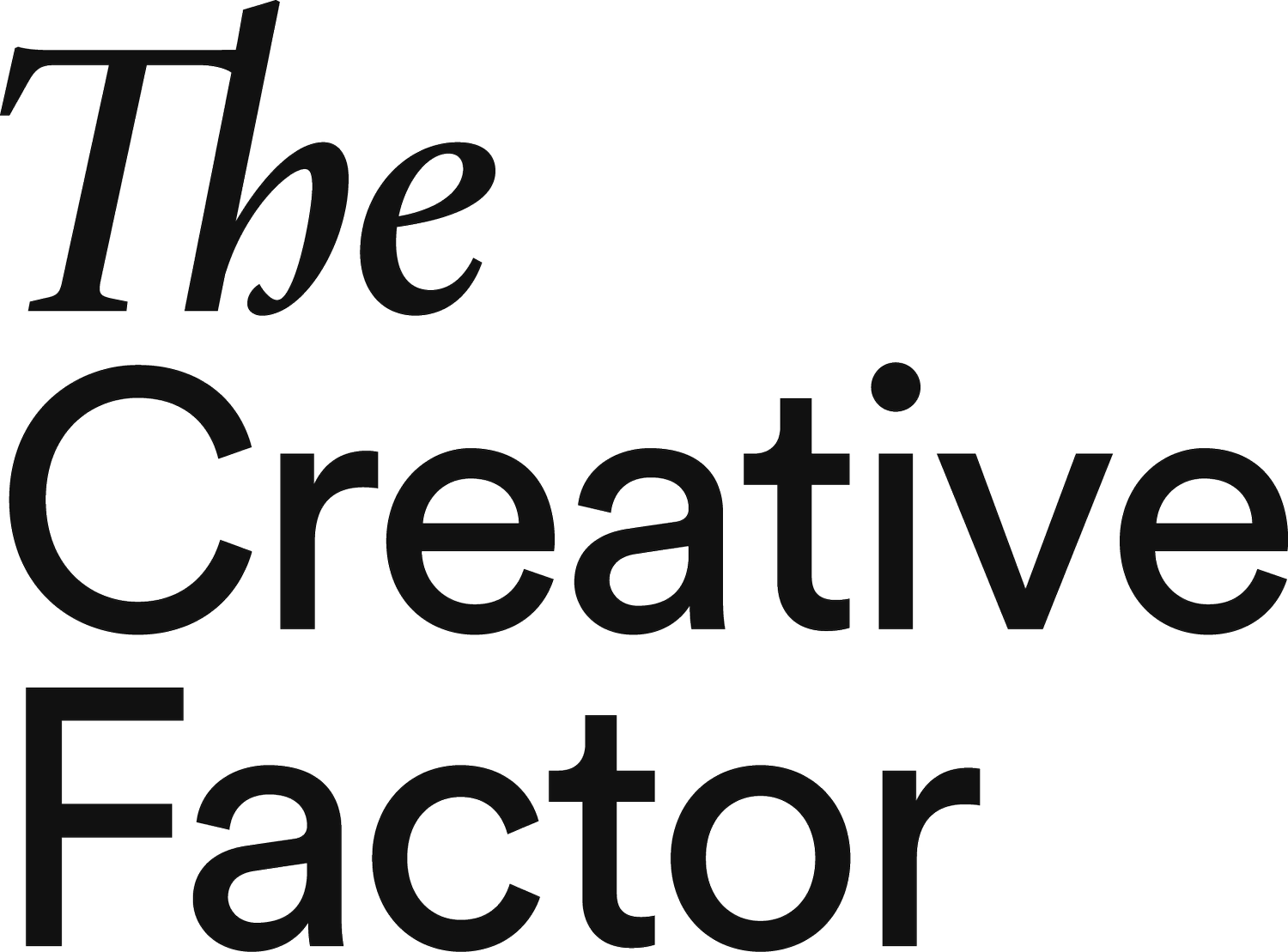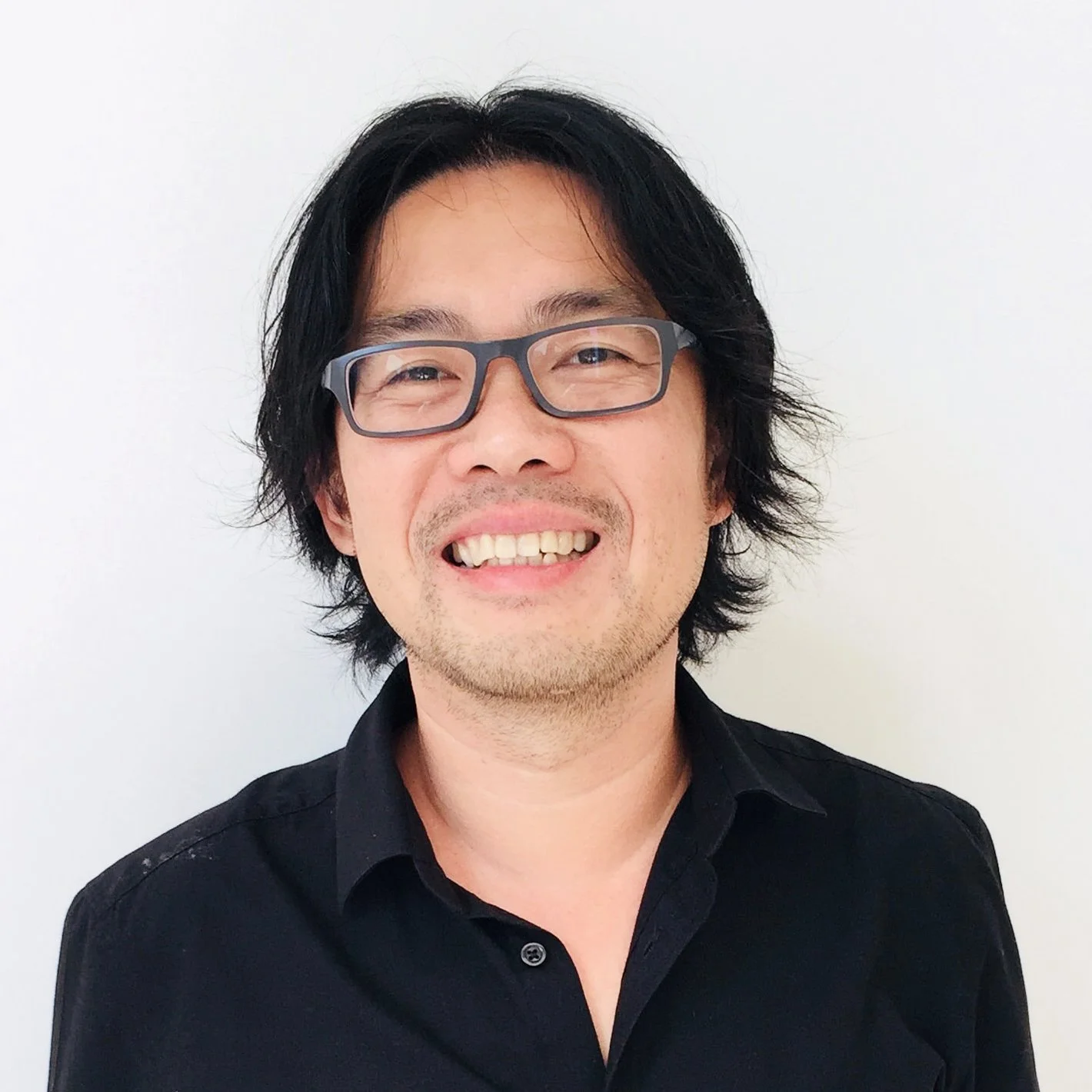Executive Ranks: How Rudi Anggono Invented His Own Role at LEGO
We caught up with Anggono on how he became LEGO’s first-ever Director of Creative Innovation. Images c/o Anggono.
Rudi Anggono can’t stop building. First it was Lego sets as a kid, and then buildings that studded Indonesia’s skyline, and then tech products used around the globe. Along the way, he’s been awarded a U.S. tech patent and an Emmy award for innovative use of media with Google ZOO’s creative team. As if that weren’t enough, he also co-founded Rookie Humans with his wife, a design-led children’s bedding brand.
To bring things full circle, Anggono now leads meeting rooms as LEGO Group’s first-ever Director of Creative Innovation. In this newly created role, he sits at the intersection of marketing and product design, bringing consumer voices and strategic thinking upstream into early product and research ideas. A huge part of that responsibility involves working with Creative Play Lab, a team whose job, as the name indicates, is to design new play experiences.
We spoke with Anggono about his most impactful career moments and the lessons he’s learned in leadership, including the architecture test that changed the course of his career; how he uses Legos to run meetings; and the art of honing one’s skills to become a better business leader.
22,000 hours + 4,000,000 Lego bricks = 10 drivable LEGO F1 cars. Photo by Bryn Lennon.
How do you run meetings?
Typically in LEGO, every meeting room always has a pile of bricks in it. Instead of fidgeting, we actually build. The assignment is to use whatever you have in front of you to build a car or something. Then hand it over to the next person and change their design. Turn it into a duck. And of course, the end result is ridiculous, but that’s the whole point. We don’t always build to create something, we build just to be silly or to let go of whatever inhibitions we have. It’s a form of singing in public, I guess.
Behind the scenes from a recent YouTube content shoot.
Before your current role, you were Global Creative Director at Google. How did you get to where you are now, leading global teams at incredible companies?
I grew up in Indonesia and there was no design school for me to go to, so I took a test to get into architecture school. The test was to draw a perspective of a building or house, with the sun shining from the left side at a 45 degree angle, and you could not use any tools or get help. It was an intuition test, and I think it’s safe to say I aced it because I just immediately knew what to do — I drew a small house, more like a cabin. That’s when I was sure that I had found my thing.
Looking back, I can say architecture was the original CX, you know? You learn how to design for people, understanding their movement, their need — their psychological need and practical need, right? The system has to fit into an end figure; you cannot just copy and paste any design and plug it into any location because it has historical value or cultural nuances around it that you have to take into account. This is why I can now work in so many different capacities, in many different functions, on many different sides of the fence. I can move through different systems and find a role, or find a gap, or find a way of adding value.
Of course, a lot of it is about being there when an opportunity presents itself. I see a lot of my peers who are 100 times more talented than I am as an art director, or as a writer, or as a creative thinker, but they seem to be stuck in their lane. To be able to move in-house, for example, requires a particular, flexible kind of a skillset and mindset. In architecture school, you’re trained to be highly conceptual because you have to take a bunch of different parts and make sense of it into a functional design. That rigor basically shapes you to be adaptable.
Anggono at a mini Google UX reunion with Hector Ouilhet, Rob Giampietro, Jason Blythe, Jessica Yu, Benjamin Dorvel, Pendar Yousefi, Andrews Junior Kimbembe, and Belmer Negrillo.
Tell me more about being ready for the opportunity when it presents itself.
I’ll give you a recent example. At LEGO, I was hired to lead the creative agency in the Americas: Canada, United States, Mexico and the rest of Latin America. At the time, my current role at the LEGO Group did not yet exist. And I was leading this huge team — multi-discipline, cross-functional, and all that. I took on a team of packaging designers, and I was asked to turn this group into a conceptual creative team.
At some point, working with this team, it just clicks in my head that a lot of them are very strategic thinkers who have transferable skills. They know what questions to ask because they’ve been at the company for a long time, for example, and that legacy knowledge is very valuable. I decided to start experimenting with this team to solve problems. I asked them to use ChatGPT and pretend they had a real project of coming up with a shopper strategy for a third-party platform. They crafted a coherent narrative just based on that, by experimentation. Then I wrote a proposal to the leadership based on this observation I had that this is the need. This is what a modern in-house creative team needs; not more people, not more head counts, but more skill sets. That’s how I got the new job. Leadership realized there was a need to focus on this area, horizontal innovation, and asked me to become the first Director of Creative Innovation. I have the coolest job in the world, and I put myself in a position to receive all of this luck.
Anggono’s kids are his favorite research subjects.
With his wife, Anggono co-founded Rookie Humans, a startup inspired by the idea that children’s bedding should be more imaginative.
What’s the most constructive feedback you’ve ever received?
That was at Google after I moved to UX. One of my managers at the time introduced me to this concept called ikigai, a Japanese word for finding your core and finding what makes you, you. It’s hard to see it yourself, because you’re biased. So for a long time, I had defined myself as a creative director because it was what I loved, but everyone else saw me as a business strategist because that’s what I was good at. I rejected that label for so long until my manager helped me realize the difference between finding what you think you’re good at and what you’re really good at. She taught me this exercise that was very, very helpful. You talk to people who are closest to you — could be your spouse, friends, co-workers, your priest, teacher, whatever — and ask them what they enjoy about you. Like, when you and I planned that trip together, what is it that you liked about it? Don’t filter anything. Or, When you and I work on that project for HBO, what was it that you liked about it? Then you collect all that data, and you see a common thread. It's incredible what people say about you, what they like, and that is your superpower. It doesn't mean you have to do that for a living, but it kind of helps you anchor. Ah, that’s what I’m really, really good at. Now let’s figure it out. How can I monetize this?
With real food ingredients, Anggono builds everything from crying sandwiches to The Giving Tree by Shel Silverstein, pictured here. Image: @papamakesbreakfast/IG.
What are some key lessons you've learned about managing people?
A lot of the time, even the most junior members, they know something. It’s good to try to spend the time together to get that knowledge out of them. That means doing the work to make them feel heard.
Also, sometimes you need to move fast, and I love to be as transparent as possible with my team: Here's the reality, I just got a phone call from the VP, they want this. It's not whether you and I agree or disagree, because it doesn’t matter and now we have a job to do.
What’s the coolest thing you’ve ever built with Legos?
These two guys from the movie, WALL-E. The message feels more relevant now than ever, and it’s just a story with two characters and no dialog. In their world, there’s an excess of technology that destroys Earth. But at the same time, thanks to technology, these two characters help repopulate the Earth again. There’s this scene in the mothership that shows how the humans had been living throughout these apocalyptic years. And it was sad, like people don’t even know how to walk anymore. They just sit on this floating device and they’re fed through the tube and just watch entertainment all day. Not that different, right? You could almost see that if we extrapolate where we are right now, that is the future. I rewatched this with my kids recently thinking it was a cute Pixar movie, and it felt actually scary, you know, with this race to be the king of AI. But maybe, if we follow the logic of the movie, we could use this thing that destroyed us to actually save us, too.
Anggono’s favorite Lego creation, his WALL-E brickheads.
Who is your artist spirit animal?
Jacques Derrida. He is a French philosopher who introduced the concept of deconstruction. The discipline of architecture has always been very focused on the facade — making it look beautiful, sometimes at the expense of the interior. Derida deconstructed this concept. Basically, he believed we should identify the truth and the inconsistencies, and then let it all out. No pretty facade to hide things. And a lot of architects of the era adopted that approach. What is the weakness? Don’t run away from it. Turn it into strength, turn it around, reframe.
Join more than 50 leaders from top organizations, including Spotify, Amazon, Disney, Shake Shack, Stripe, NASA, Cannondale, Hearst, Roblox, Clay, Paramount, and Mailchimp.









